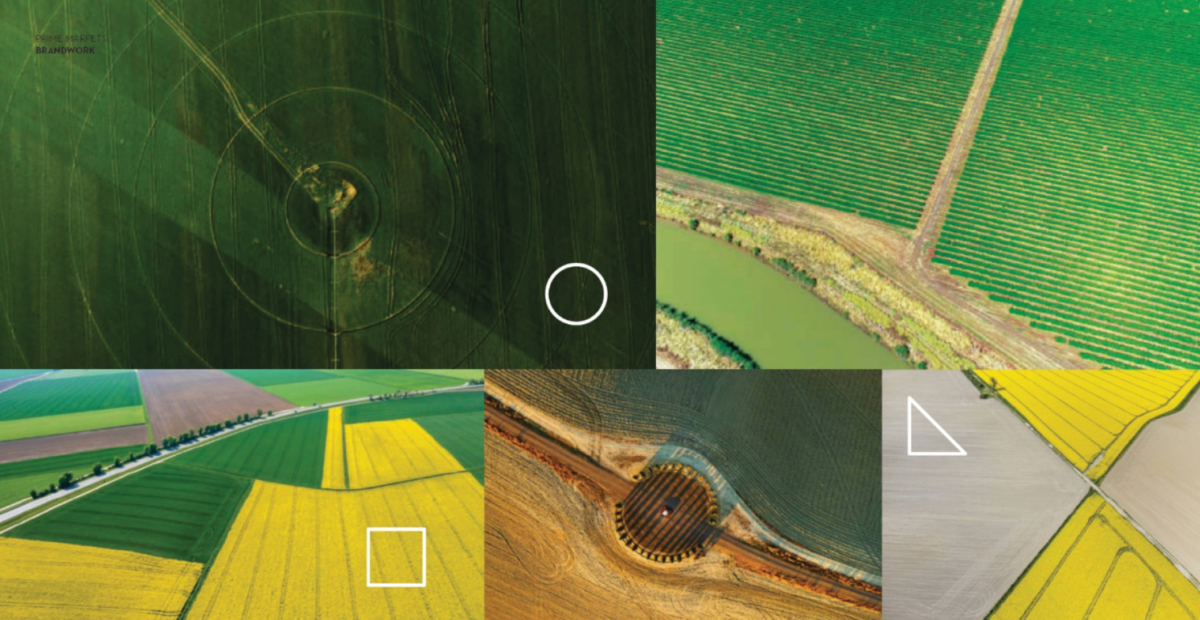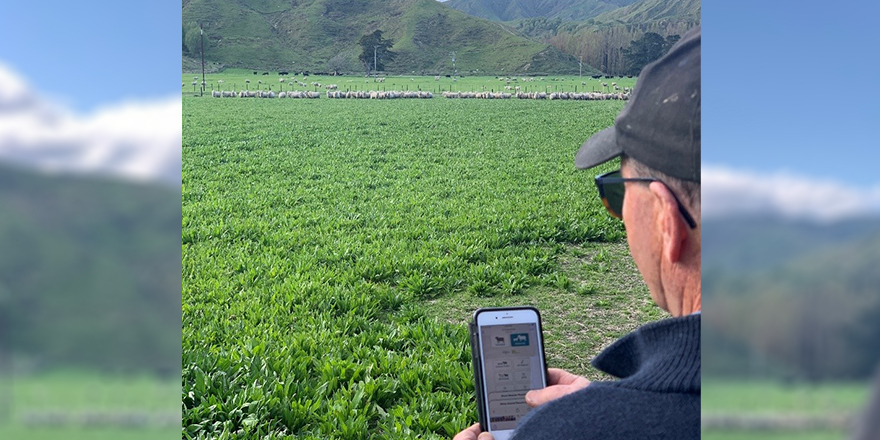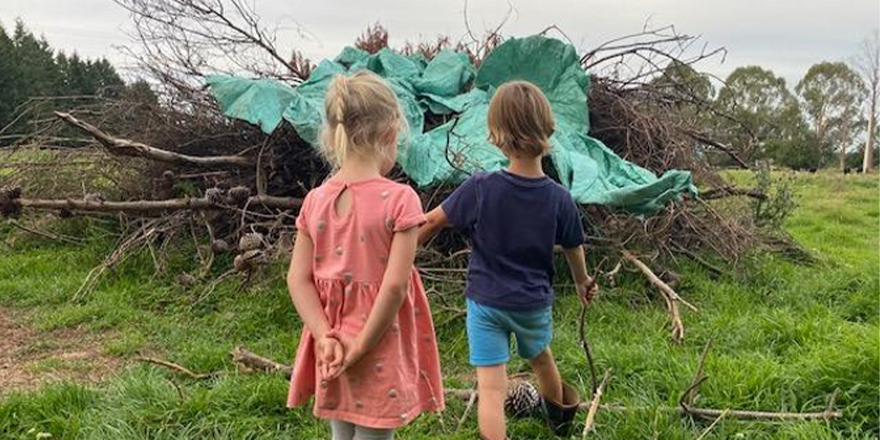
Executive summary
There is a growing global demand for agritech to solve major global issues, such as climate change, water use and quality, and increased yields from food and fibre to feed the world’s population.
Whilst New Zealand has a proud history of primary sector innovation, there are only a handful of agritech companies of international significance. The 2020 Aotearoa Agritech Unleashed Report opined; “Compared to our international peers we are punching below our weight in our relative economic value and export earnings from agritech”.
What can New Zealand agritech companies do better to commercialise their innovations to grow the sector, but ultimately to help solve these global challenges and in the process advance New Zealand’s international competitiveness in primary production and grow our export earnings.
This report has undertaken to seek learnings and insights of what successful commercialisation of innovation looks like and apply this to a New Zealand agritech context to present key denominators for successful commercialisation of agritech.
The study completed literature reviews of academic, industry and business publications across innovation and agritech, together with semi-structured interviews with New Zealand agritech practitioners.
Thematic Analysis was applied to the body of research and interviews to capture the Key Findings and related Recommendations as follows:
1. Engage in Critical Self-Assessment:
Critically evaluating whether the agritech founder has a minimum viable product with initial customers to get to the start line. To be commercially successful at scale requires ongoing discipline for critical self-assessment of:
- Total addressable market; develop a clear understanding at the outset of the addressable market, validating the innovation to that addressable market, what investment is required and the profit model.
- Founders’ skills, traits and shortcomings; actively build a team with complementary skills and capabilities requiring the right industry and functional expertise (technical, operational, commercial and financial) with an ability to execute.
2. Value Proposition:
Develop and define a clear and (relatively) material value proposition for the adopters of the innovative solution. The Founders need to be focused on delivering a client solution (not an innovation).
3. Business Model:
Bring together the component parts to execute the commercialisation growth, including:
- Product and market lifecycle; recognise and plan for the innovation to evolve from the initial core product and early adopter market to an augmented solution delivered and serviced for a mainstream market which requires active planning for channel to market, wrap-around solution, communication strategies and services model.
- Resources; The resources required to execute, not just the team and governance, but broader relationships, suppliers, channel partners, components, facilities etc.
- Profit Model & Capital structure; continually evaluate the commercial model and align with a fit for purpose capital structure. If external capital is required to support the company to break-even, then ensure that “smart” capital is pursued with the right industry experience and networks for execution.
The approach and recommendations have been brought together into a Framework of Key Denominators to Enhance Successful Commercialisation of Agritech (show in Figure 11 of the report).
The key themes, or denominators are all inter-related, they cannot be approached or applied in isolation. The framework is not a one-size-fits-all but a valuable roadmap to be evaluated and adapted for each unique agritech innovation and market opportunity.
Download and read the full report here:




